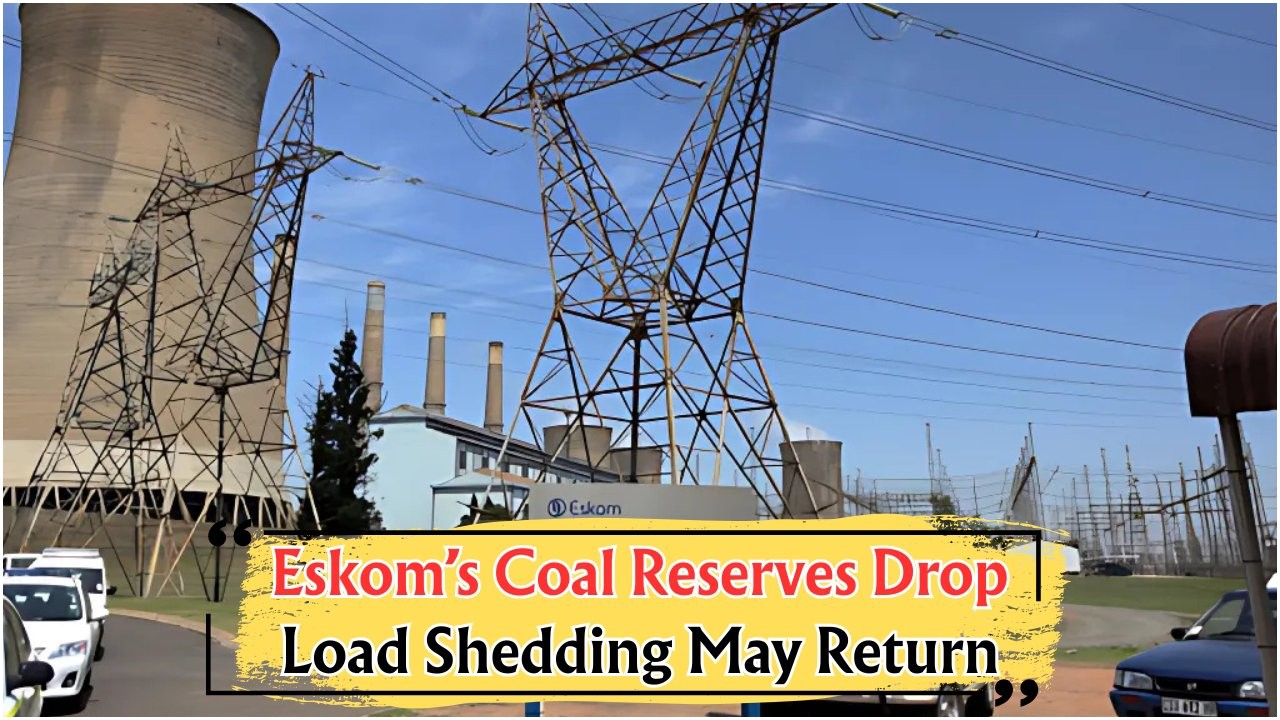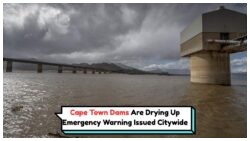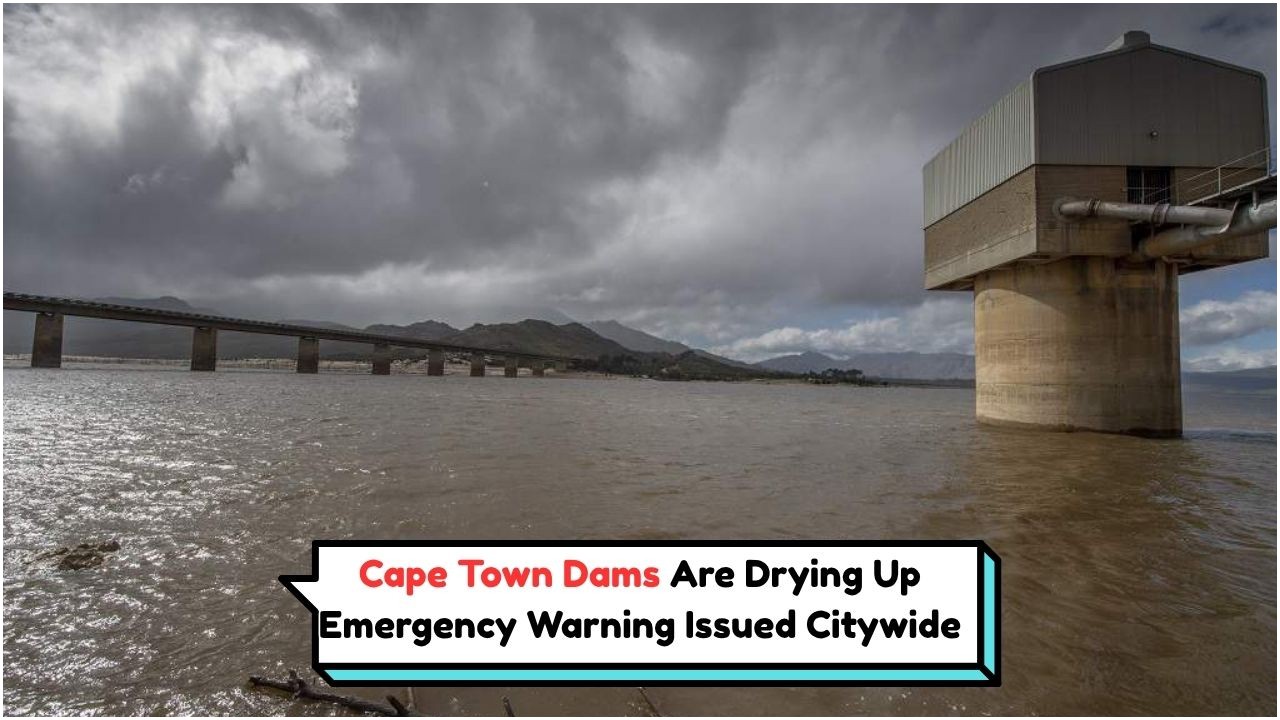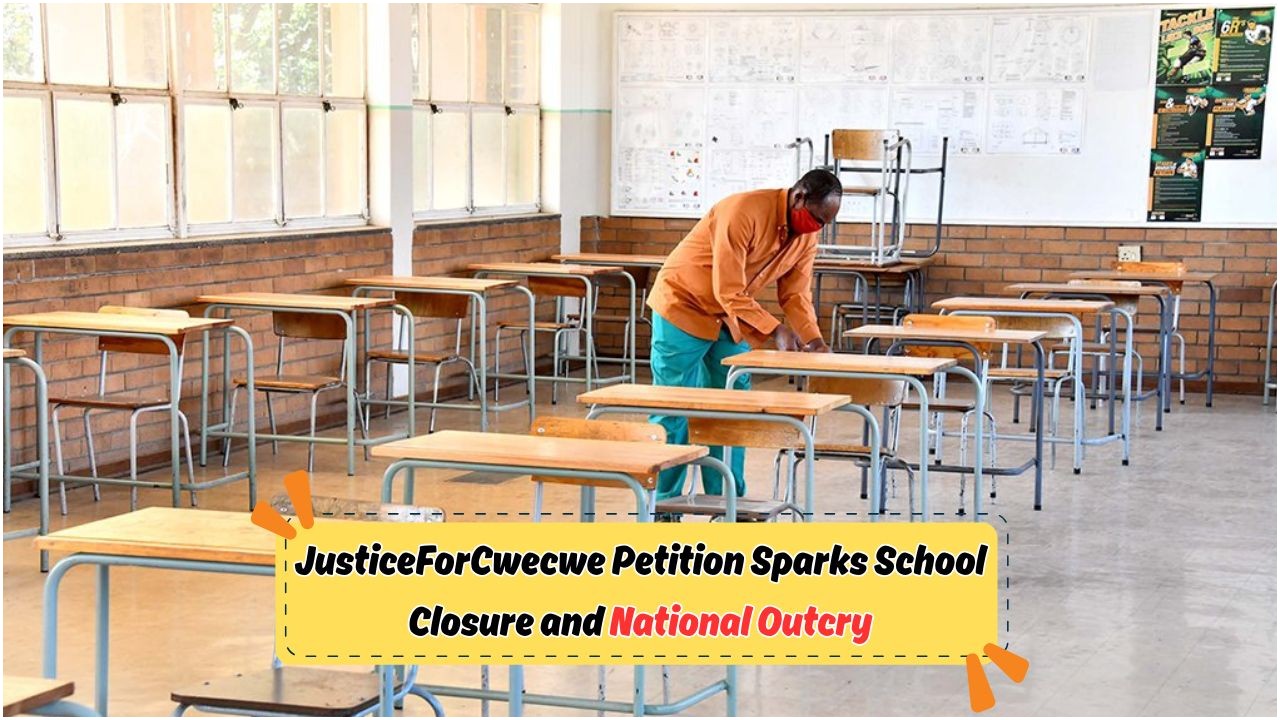Eskom Warns of Stage 2 Blackouts This September: South Africa is bracing for potential stage 2 blackouts in September as Eskom, the state-owned utility, grapples with a critical 12-week coal shortage. This warning comes amidst efforts to stabilize the national grid and prevent widespread power outages. The anticipated energy crisis could significantly impact households and businesses across the country, raising concerns over economic growth and daily life. As the nation prepares for this challenge, efforts are being made to address the coal supply issues, ensuring that the lights remain on and disruptions are minimized.
Understanding the Impact of Stage 2 Blackouts
Stage 2 blackouts refer to planned power cuts implemented by Eskom to manage the electricity grid’s stability when demand outstrips supply. In South Africa, these blackouts can last for several hours a day, affecting both residential and commercial areas. The current warning highlights a series of challenges facing the energy sector, from aging infrastructure to reliance on coal. For many South Africans, this means adjusting daily routines, from working hours to leisure activities, to accommodate the power cuts. Businesses, particularly those in manufacturing and services, may experience reduced productivity, leading to potential financial losses. The impact is not only economic but also social, as communities rely on electricity for essential services like healthcare and education.
- Reduced productivity in businesses due to power outages
- Disruption of daily life for households
- Increased reliance on alternative power sources
- Potential economic slowdowns
Mitigation Strategies in Place
| Strategy | Description | Expected Outcome | Challenges | Timeline |
|---|---|---|---|---|
| Coal Importation | Import coal from neighboring countries | Stabilize coal supply | High transportation costs | 2-3 months |
| Renewable Energy Investment | Increase funding for solar and wind projects | Reduce dependency on coal | Long-term implementation | 5-10 years |
| Demand-side Management | Encourage reduced consumption during peak hours | Balance supply and demand | Public cooperation | Immediate |
| Infrastructure Upgrades | Modernize power plants and grid | Improve efficiency | High capital investment | 3-5 years |
| Community Engagement | Educate public on energy conservation | Reduce consumption | Resource allocation | Ongoing |
Preparing for the 12-Week Coal Shortage
The looming 12-week coal shortage poses a significant challenge for Eskom and South Africa. Anticipating this, several measures are being considered to mitigate the impact on the national grid. One approach is to import coal from neighboring countries to bridge the gap. Additionally, Eskom is exploring alternative energy sources, including ramping up investments in renewable energy projects. These efforts, while crucial, require time and significant financial resources. In the short term, Eskom is also focusing on demand-side management, urging consumers to reduce consumption during peak hours. This strategy aims to balance supply and demand, minimizing the need for more severe load shedding stages.
 Thousands Stranded by August NSFAS Blockages: Discover the Viral R5,200 WhatsApp Hack to Solve It
Thousands Stranded by August NSFAS Blockages: Discover the Viral R5,200 WhatsApp Hack to Solve It
- Coal importation from neighboring countries
- Investment in renewable energy projects
- Demand-side management to reduce peak hour consumption
- Public awareness campaigns on energy conservation
- Collaboration with private sector for solutions
Long-Term Solutions for South Africa’s Energy Crisis
Addressing South Africa’s energy crisis requires both immediate and long-term strategies. While the current focus is on managing the coal shortage, Eskom is also looking at sustainable solutions to ensure future energy security. Investing in renewable energy sources is a key part of this strategy. Solar and wind power projects are being prioritized to diversify the energy mix and reduce dependence on coal. Infrastructure upgrades are also essential, with plans to modernize aging power plants and improve the efficiency of the electricity grid. These initiatives will not only enhance energy security but also support South Africa’s commitment to reducing carbon emissions.
- Expansion of renewable energy projects
- Modernization of power infrastructure
- Collaboration with international energy experts
The Role of Consumers in Energy Conservation
Consumers play a vital role in managing South Africa’s energy crisis. By adopting energy-saving practices, households and businesses can help reduce the strain on the national grid. Simple actions, such as turning off unnecessary lights and appliances, can make a significant difference. Additionally, using energy-efficient devices and reducing consumption during peak hours can contribute to stabilizing the electricity supply. Eskom encourages consumers to participate in energy conservation programs, which not only help manage current shortages but also support long-term sustainability goals.
- Use energy-efficient appliances
- Turn off lights and appliances when not in use
- Participate in energy conservation programs
Potential Challenges in Implementing Solutions
While there are numerous strategies in place to address the energy crisis, implementing these solutions comes with its own set of challenges. The cost of infrastructure upgrades and renewable energy projects is substantial, requiring both public and private investment. Additionally, public cooperation is essential for demand-side management and energy conservation programs to succeed. Overcoming these challenges will require a coordinated effort from government, businesses, and communities. However, the long-term benefits of a stable and sustainable energy supply make these investments worthwhile.
| Challenge | Solution | Stakeholders |
|---|---|---|
| High Costs | Public-private partnerships | Government, Businesses |
| Public Engagement | Community outreach programs | NGOs, Local Authorities |
| Technical Expertise | Collaboration with international experts | Energy Sector, Academia |
Exploring Alternative Energy Sources
As South Africa navigates its energy challenges, exploring alternative energy sources is crucial. The country is rich in solar and wind resources, making it well-suited for renewable energy projects. By investing in these technologies, South Africa can reduce its dependence on coal and move towards a more sustainable energy future. Government incentives and support for renewable energy projects are essential to attract investment and drive innovation. Additionally, collaboration with international partners can provide the technical expertise and resources needed to accelerate the transition to cleaner energy sources.
- Solar energy potential in sunny regions
- Wind energy projects along the coast
- Government incentives for renewable energy investment
FAQ Section
What is Stage 2 load shedding?
Stage 2 load shedding involves planned power cuts to manage electricity supply and demand, typically lasting several hours a day.
How can I prepare for load shedding?
Prepare by keeping essentials like flashlights and batteries handy, and adjusting schedules to accommodate power cuts.
What are the long-term plans for South Africa’s energy crisis?
Long-term plans include investing in renewable energy, modernizing infrastructure, and promoting energy conservation.
How can businesses cope with power outages?
Businesses can invest in backup power solutions, adjust operating hours, and implement energy-efficient practices to cope with outages.
 Eastern Cape School Shuts Down Amid #JusticeForCwecwe Uproar: Parents Call for Immediate Action
Eastern Cape School Shuts Down Amid #JusticeForCwecwe Uproar: Parents Call for Immediate Action
Why is there a coal shortage?
The coal shortage is due to supply chain disruptions and increased demand, impacting Eskom’s ability to maintain a stable power supply.









